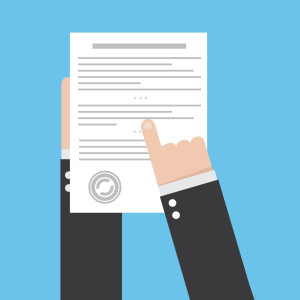As landlords, property managers, and contractors, you can be held liable for negligence occurring on your properties. Disclosures are problematic, but necessary. To make sure you never end up in hot water for failing to alert tenants of potential hazards, be sure to always disclose the following:
- Presence of Environmental and Health Hazards: These include lead-based paint (also a federal disclosure requirement, as discussed in Disclosures, Part One), mold, radon, and bedbugs
- The identity of the landlord and the person authorized to receive legal papers and manage the premises, such as a property manager
- Recent flooding in the rental unit (or location in a flood zone)
- The presence of a methamphetamine laboratory at the rental prior to the tenant’s occupancy
- The availability of fire protection
- Planned condominium conversions, intention to demolish the rental unit (as discussed in Disclosures, Part Two), or in-process foreclosure proceedings
- Outstanding building inspection or condemnation orders or housing code violations
- Rent control ordinances typically require additional disclosures, such as the name and address of the government agency or elected board that administers the ordinance.
- Some cities may require specific disclosures—for example, New York City requires landlords to inform tenants of the building’s and the rental unit’s bedbug history for the past year. (New York City Administrative Code§ 27-2018.1.) Check your local laws for more information.
Drafting leases is a complicated process, full of insider knowledge and required disclosures. We can help! For more information, see Avoiding Common Landlord Liabilities or contact us at 626-339-1000.





